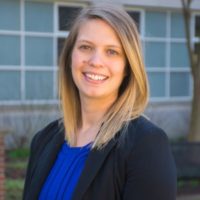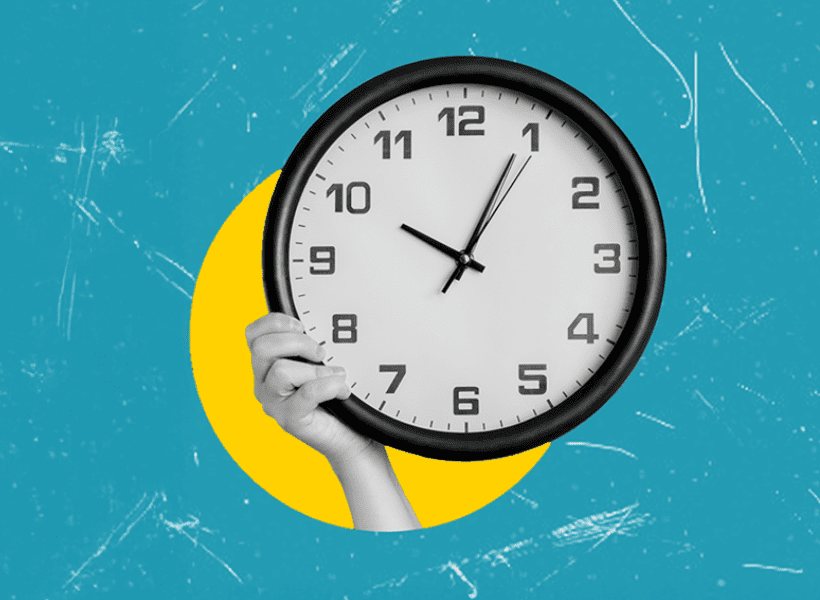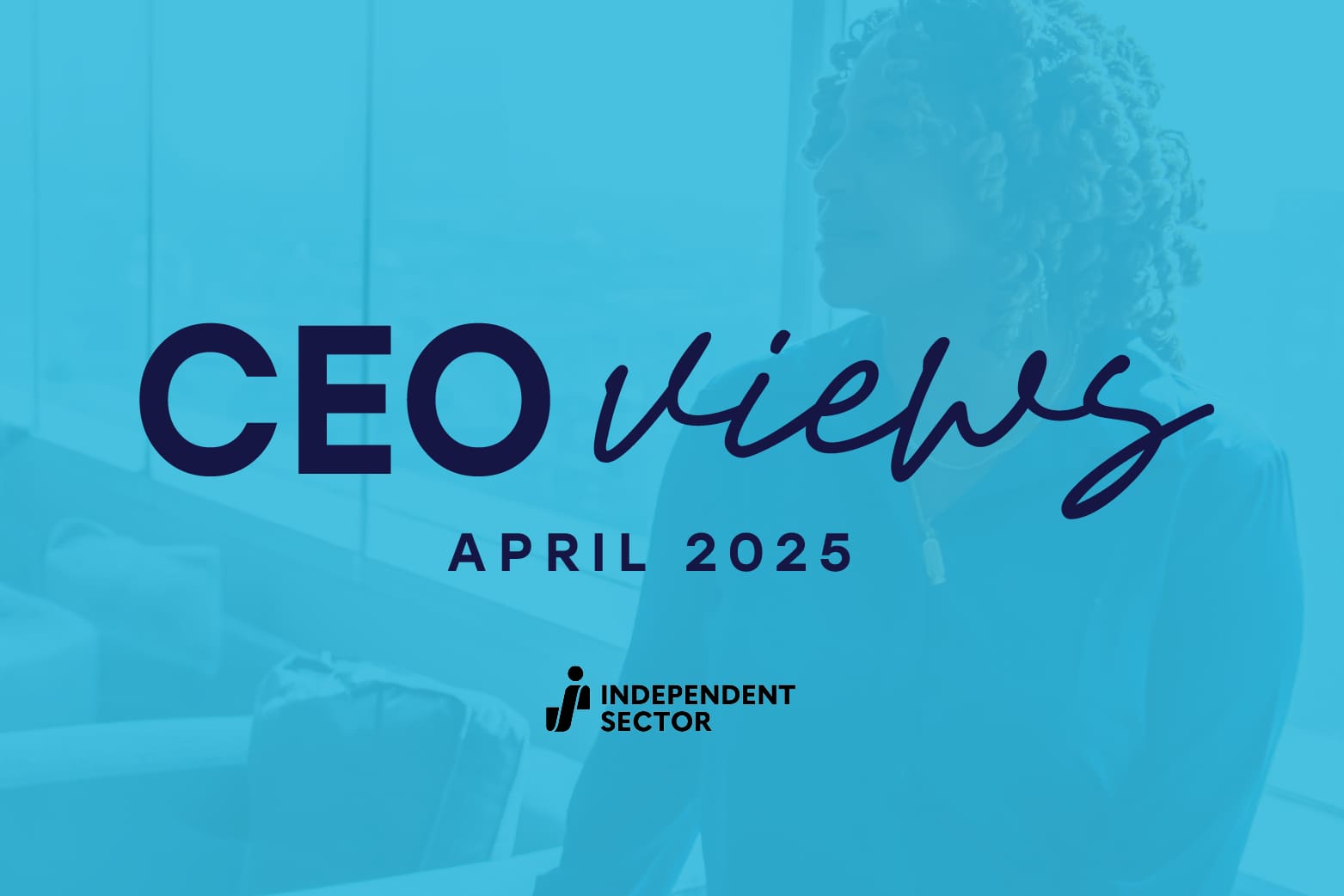The Do Good Institute, an Independent Sector member, provides opportunities for all students at the University of Maryland to engage with and address social issues through hands-on learning opportunities and experiences. One of the Institute’s signature initiatives is the Do Good Challenge, celebrating 10 years this year.

We talked with Kaitlin Ahmad, the Institute’s communications manager, about the evolution of the Do Good Challenge over the past decade. The event showcases student innovators and changemakers and the impact they’re creating for the social issues they’re most passionate about. The challenge features six final teams pitching their impact to an audience of hundreds and a panel of expert judges for the chance to win a share of $20,000.
IS: What Do Good Challenge winner has gone on to create the most significant social impact or change?
KA: We have a number of fantastic alums and were excited to bring several back in this year’s program. One of the most notable past winners is the first winner of the challenge, the Food Recovery Network (FRN). The Network, which donates good, but unused food from campuses to local homeless shelters and kitchens, has since grown from a small group of University of Maryland students 10 years ago to over 200 campuses in 46 states and the District of Columbia today. Also related to the issue of food waste, 2014 finalist Evan Lutz, went on to turn a startup into Hungry Harvest, a Baltimore-based company that has recovered 30 million pounds of produce.
I would also highlight last year’s winners. Last year ROOTS Africa impressed us with their work with agriculture students in Africa to improve conditions for African farming communities. The nonprofit started as a student club in 2017 and their model now enables every agriculture student they train to train hundreds of farmers. The Audelia Community Response Team also stood out and took home the Audience Choice award as well as second place project prize; ACRT is a mutual aid group that provides food, academic support, testing and vaccination clinics, and other support and resources in Maryland’s Prince George’s and Montgomery County communities, particularly in the Langley Park community; and they provided more than 3.2 million meals to community members during the first year of the pandemic. The first place Venture team, Chat Health connected more than 4,000 students to medically accurate health information through accessible SMS chatbots in just one year.
And that’s just a fraction of the remarkable impact Terps have created over the past decade.
IS: How has the Challenge changed over the past 10 years?
KA: We’ve expanded the awards to include two different categories. The first is for a project that focuses on a particular issue area. The other award focuses on a social impact business or entrepreneurial endeavor. With both awards, there is now a more representative look at what students are doing to make a difference and create change at a variety of levels. We’ve also expanded audience choice awards, giving community members more opportunities to participate and support more student-led initiatives.
Overall, we’ve introduced more opportunities for students to talk about their projects. This has made such a difference to our students. Sometimes just having the opportunity to be on stage to speak about their projects has been so motivating for them, and also provided them with visibility they would not otherwise receive.
IS: What has presented the judges with the most difficult decision? How do they select the winner?
KA: The judges are always faced with a difficult decision. They take the time to carefully weigh the four different criteria – the issue, the idea, the impact and the potential – and all that the students have shared, but impact is most heavily weighted. After deliberating, they share their selections on stage and present the finalist awards.
IS: What about the winners this year really stuck out to the judges and the audience?
KA: With Combating Overdoses in Rural Areas (CORA), a student-led nonprofit that provides opioid education and harm-reduction resources to rural communities, the judges were really impressed with their ability to grow and scale. Within the last year, they have already grown to eight chapters with hundreds of members, and testified on several pieces of legislation related to this issue in Maryland, and the judges were really impressed with the depth of their success.
The Venture winner, Vitalize, is a mental health and wellness app tailored to addressing burnout in clinicians with mindfulness, meditations, and other offerings that aim to help clinicians develop the skills and beliefs needed to combat burnout. Part of what stuck out to the judges is how critical this need was during COVID-19, and how much success Vitalize had in raising large amounts of funding in a short period of time.
IS: Where do you see the Challenge going over the next 10 years?
KA: We’re excited to see where the next 10 years take us. It all started with the actor Kevin Bacon, who agreed to judge the first challenge in 2012 (read more about the beginnings of the challenge and the past 10 years). We weren’t sure then if it would really take off. But now that we see the impact of the challenge, we’re excited to see where the ingenuity of students will take us in the future. And we hope that changemakers beyond campus are inspired by what our students have accomplished.
Read more about the Do Good Institute. Each year, Independent Sector and the Do Good Institute release the Value of Volunteer Time report, which illustrates the contributions volunteers make to support our communities and nation. The top photo is courtesy of Freed Photography. Learn about Independent Sector membership.



